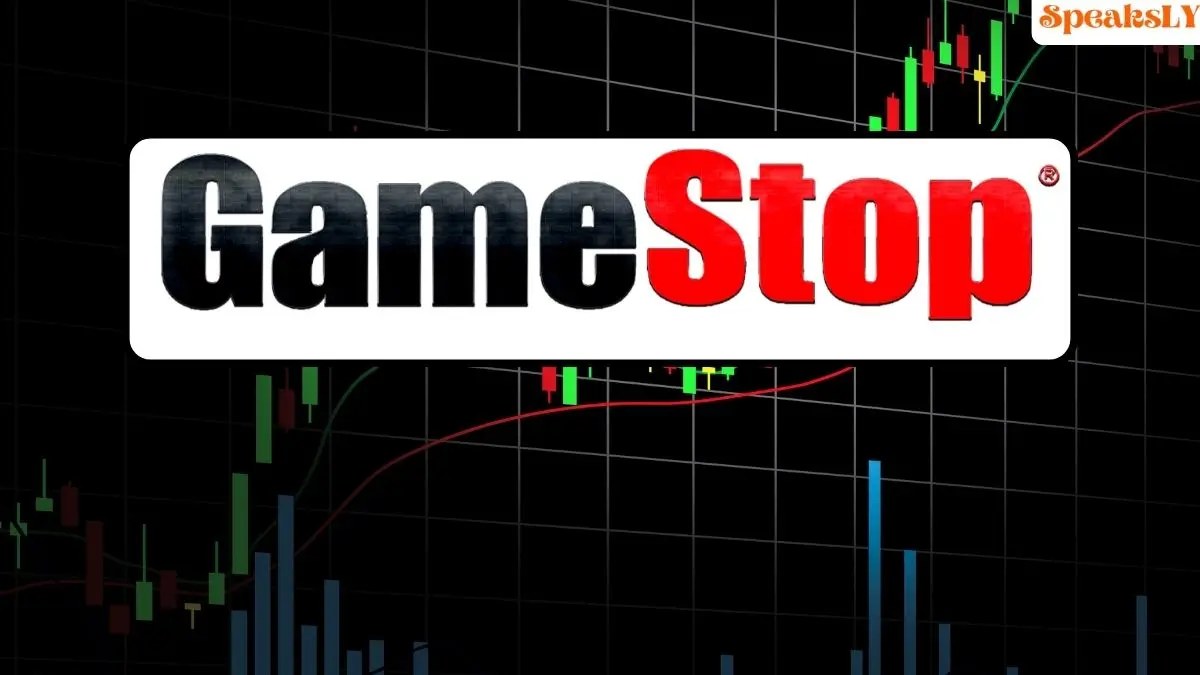The U.S. economy expanded at a slower pace than anticipated in the third quarter of 2024, yet it continued to show signs of resilience, even as inflationary pressures moderated. According to the Bureau of Economic Analysis, Gross Domestic Product (GDP) increased at an annualized rate of 2.8% in Q3, narrowly missing the 2.9% forecast by economists surveyed by Bloomberg and marking a deceleration from the 3% growth in the previous quarter.
Despite missing expectations, the GDP print reflects continued economic strength, according to experts. “Overall, the U.S. economy appears to be doing just fine,” noted Capital Economics Chief North America Economist Paul Ashworth, highlighting the underlying stability. This slower growth rate, while still robust, aligns with recent inflationary data, suggesting that the Federal Reserve’s strategies are helping to moderate inflation without stalling growth.
The “core” Personal Consumption Expenditures (PCE) index — which excludes the volatile food and energy sectors — grew by 2.2% in Q3, above the expected 2.1% but still below the 2.8% rise recorded in the prior quarter. Lower inflation figures offer some relief to the Federal Reserve as it enters its upcoming policy meeting, where markets anticipate a rate cut of 25 basis points. According to the CME FedWatch tool, there is a 99% probability of this expected rate reduction.
Experts say the combination of stable economic growth and moderating inflation offers a favorable outlook for the Fed and the broader economy. “Though GDP is backward-looking, it sends a clear message that the economy is doing well, and inflation is moderating,” Oxford Economics Chief U.S. Economist Ryan Sweet commented, adding that these trends diminish the likelihood of sudden increases in layoffs, which could further strengthen growth expectations for 2025.
Looking ahead, the October jobs report due on Friday will offer additional insight into economic momentum. Analysts forecast an increase of 110,000 jobs for October, a reduction from the 254,000 positions added in September. This upcoming labor data will be a key indicator for assessing the pace of economic expansion as the Federal Reserve proceeds with its rate adjustments.
With GDP growth steady and inflation trending downwards, the U.S. economic outlook remains positive, reinforcing confidence in both market resilience and the Fed’s ability to steer the economy toward sustainable growth.
Disclaimer: This article is for informational purposes only and should not be considered financial advice. Please consult a qualified financial advisor or conduct your own research before making investment decisions.






